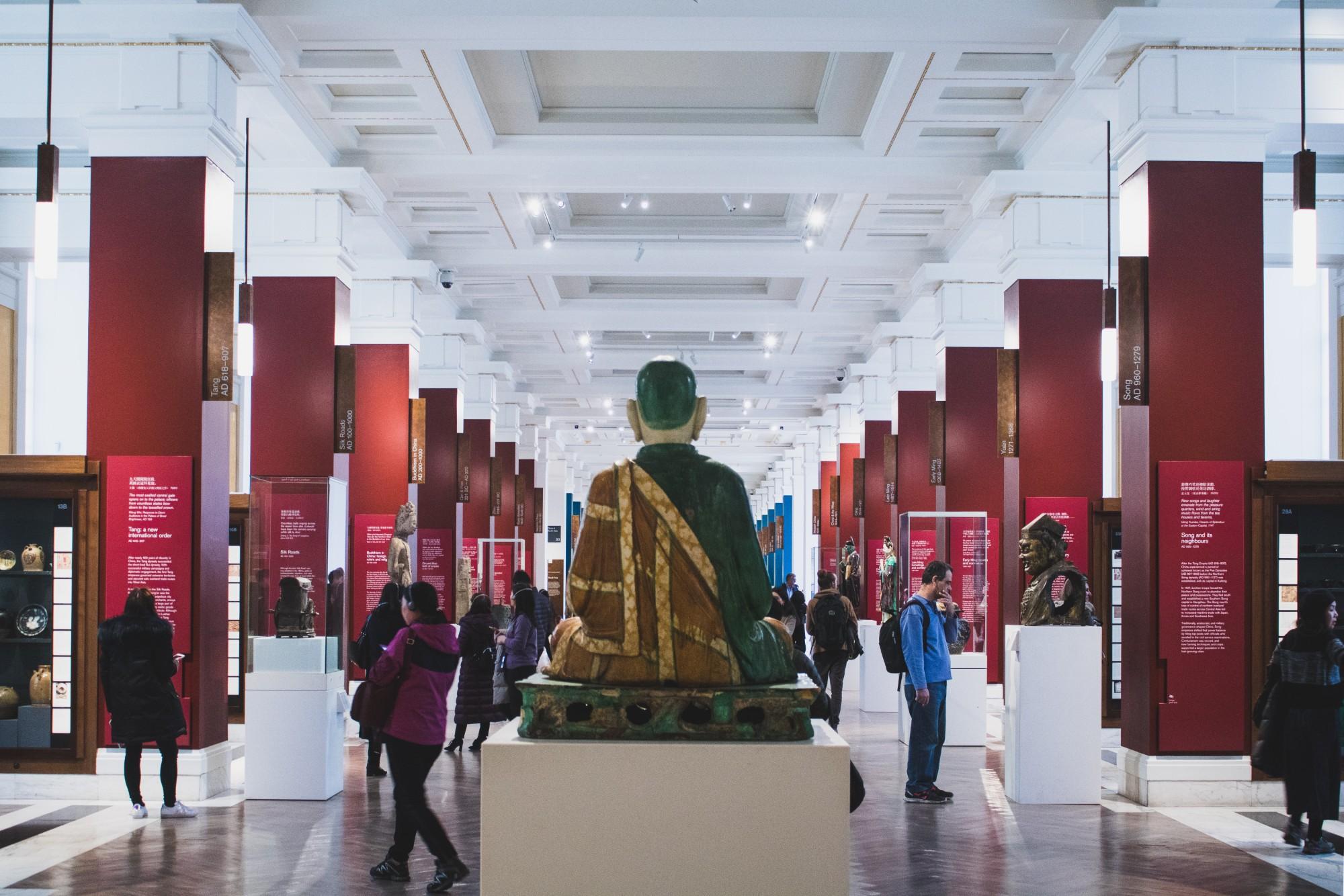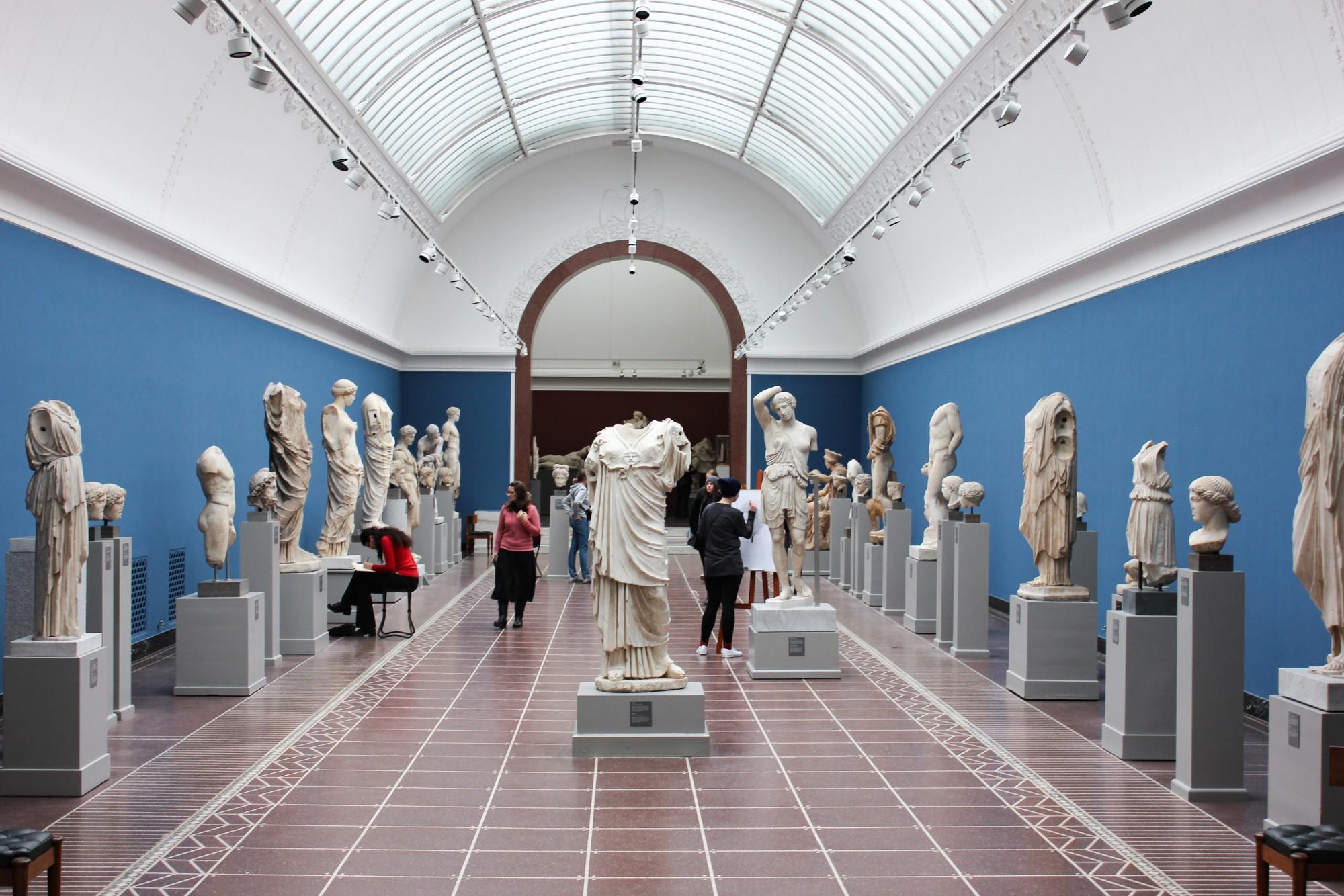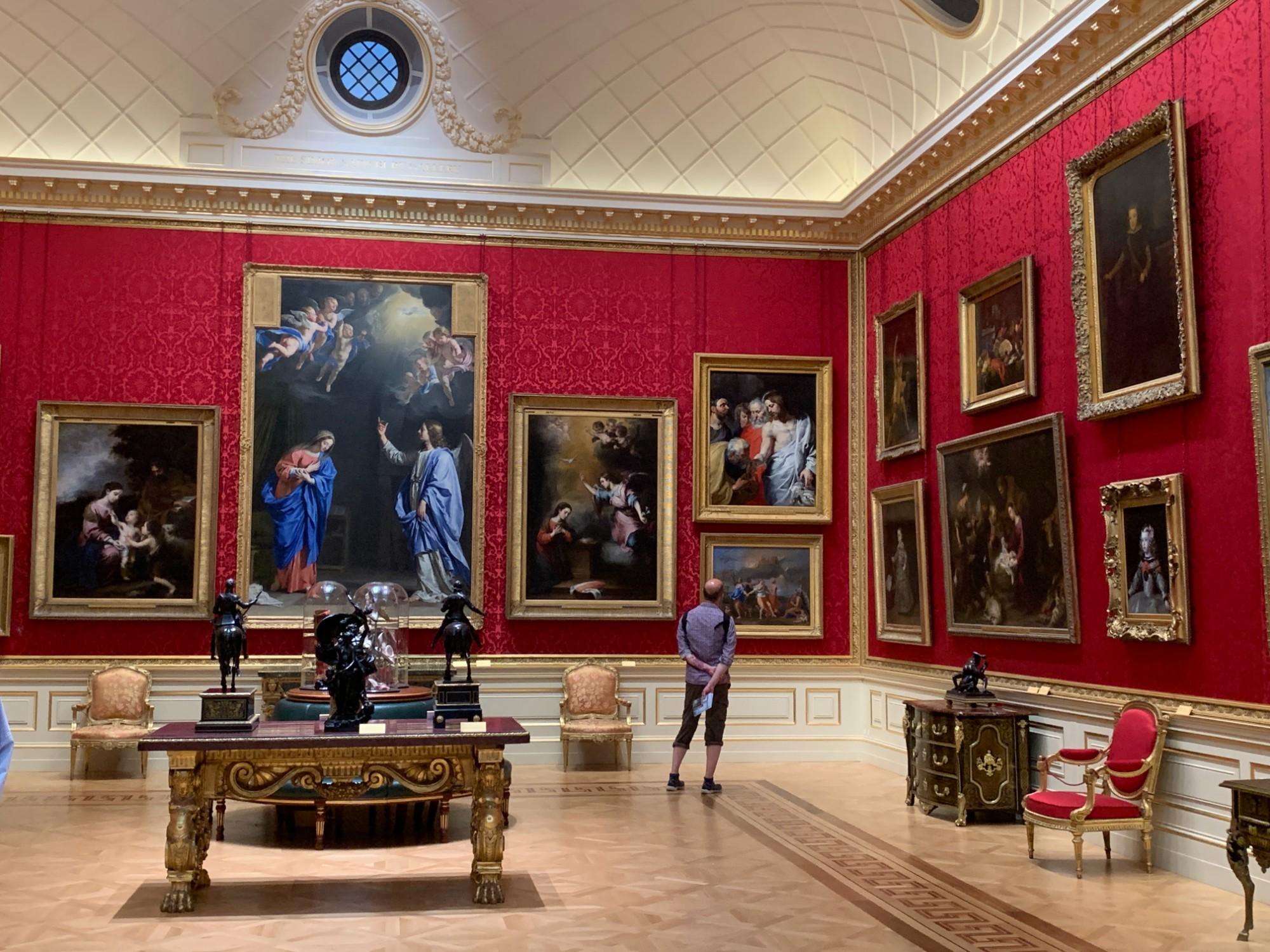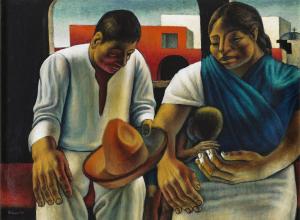Many museums rely largely on funds from admissions and public events to pay staff and keep their doors open. As the coronavirus began shuttering businesses across the world in March, museums, which often contain large crowds, were no exception.
The Metropolitan Museum of Art, one of the nation’s grandest and busiest art museums, predicted a revenue loss of $100 million dollars as a result of being closed during their busiest tourist season. Like nearly half of the institutions surveyed, they have instituted a combination of layoffs and furloughs for their staff in order to save money. The Met recently announced plans to reopen at the end of August, though it has yet to be seen if city and state health officials will allow it.
Museums and art institutions around the country and across the globe have lobbied for government funds to help keep them afloat. In America, many have already benefitted from Paycheck Protection Program (PPP) loans to keep staff on, many of whom have adapted their roles for museums’ new, amplified online presence. The European Union recently approved massive funding to bail out the arts, which many have hailed as a lifeline. As Europe has better managed their panademic response, museums have begun to reopen, often at half capacity to ensure social distancing.



























